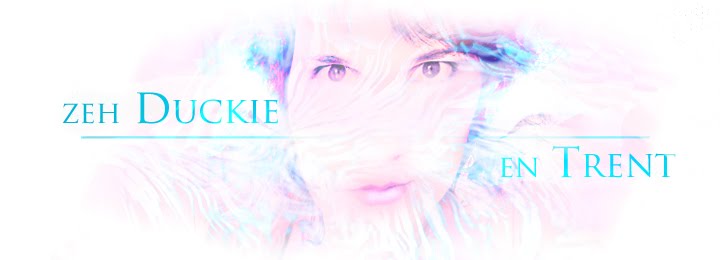...also known as my Personal Research Project in its tamed and user friendly version. This is what it`s about:
What are the tools employed by the (on-screen) satirist for delivering his views on sensitive topics and inconvenient truths to its audience?
The main focus of this research is to look at what Matthew Hodgart has called the “aesthetic value” of satire. According to him, the sometimes harsh social criticism or mockery that satirists employ to get their point across, would be perceived as being a gratuitously offensive rant, or, simply indistinguishable from everyday political discourse or journalism, if it weren`t for its propensity of creating dramatic alternative worlds, larger than life characters and absurd situations, all through intense dramatisation of commonly accepted facts.
By adding this aesthetic touch, the satirist delivers to his audience alongside the aggressive, shocking or controversial side of his performance, a slice of pure delight, caused by the way in which the material is delivered (flow, tone, facial expressions, timing, props used, characters and caricatures) and is independent of the nature of the issue that is being presented. It is an appreciation of the technique, so to speak.
And in terms of technique, satirists, drawing from a rich and varied history of their “trade”, come in all shapes and sizes (prop comedy, ventriloquism, musical satire, sketches, etc).
I would like to look at these “tricks of the trade” in conjunction with some of the more sensitive issues that comedians choose to include in their work. Which of its audiences most deep seated emotions or experiences does he tap in to for building up the imagery, the sound and feel of an argument, in order to provoke not just shock, indignation, but most importantly, a burst of laughter that no opponent of his views can deny him. Laughter is the highest form of honesty.

No comments:
Post a Comment